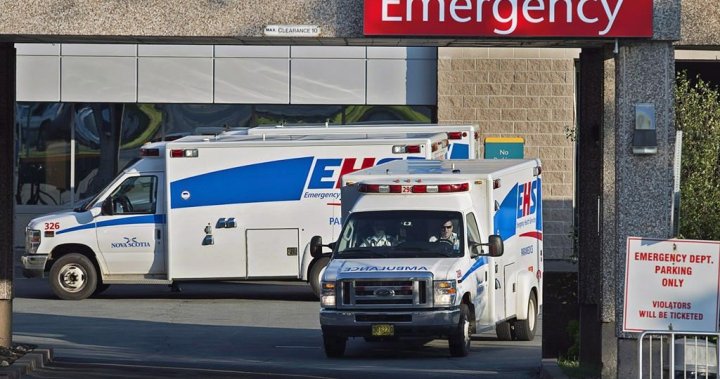Canada’s hospitals are facing increasing threats from climate-related disasters, including fires, floods, heatwaves, and extreme weather. The Canadian Climate Institute warns that these disasters not only result in patients being brought to emergency rooms but can also impact the hospitals themselves. With the expectation of worsening climate-related emergencies in the future, Canada needs to urgently focus on disaster-proofing its healthcare infrastructure. The Canadian Medical Association has highlighted that many health-care facilities in the country are over 50 years old, making them especially vulnerable to extreme climate events.
Several hospitals across Canada have already been forced to close due to extreme weather conditions. It is essential to take proactive measures to protect hospitals from potential disasters. This could involve moving crucial equipment out of basements to prevent flooding, upgrading ventilation systems to deal with smoke from wildfires, or installing air conditioning to combat extreme heat. While these solutions may be costly, it is crucial to ensure that healthcare facilities are resilient and accessible during times of need, to avoid added costs or potential loss of lives. A 2018 report prepared for the B.C. government highlighted the importance of being prepared for disasters by learning from past incidents, such as the closure of six hospitals in New York City during Superstorm Sandy in 2012.
The Health of Canadians in a Changing Climate report by Health Canada emphasized the need for healthcare facilities to adopt transformative changes to address climate impacts effectively. Only a small percentage of Canadian health-care facilities currently acknowledge climate change in their strategic plans or have identified climate risks in specific policies. Future-proofing hospitals against climate change will require a significant shift in approach to adaptation measures. For example, the new St. Paul’s Hospital in Vancouver is being constructed five meters above the predicted sea-level rise by 2100 to prevent closure in the event of a major flood.
While not every hospital will need to be protected against every disaster, understanding and preparing for risks will be crucial in the face of increasing climate-related emergencies. David Matear, who experienced the Fort McMurray wildfire evacuation in 2016, stressed the importance of being more prepared in the face of such disasters. With wildfires continuing to be a threat in many regions, healthcare facilities must take proactive measures to ensure they are resilient and operational during emergencies. By investing in disaster-proofing measures, Canada can mitigate the potential impact of climate-related disasters on its healthcare infrastructure and communities.


